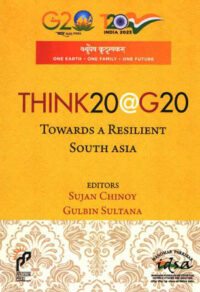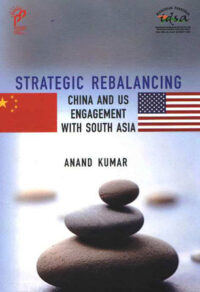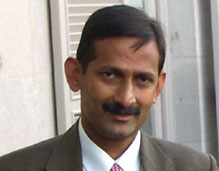Governance in Northern Province of Sri Lanka: Stresses and Strains
It is essential to codify the executive instructions for administering the northern province under some statutory rules issued at the provincial level with concurrence of the central government. The statutory rules should not leave any scope for cognizance of directives or advice from the provincial governor to the provincial officials.
- Gautam Sen
- January 21, 2014

















